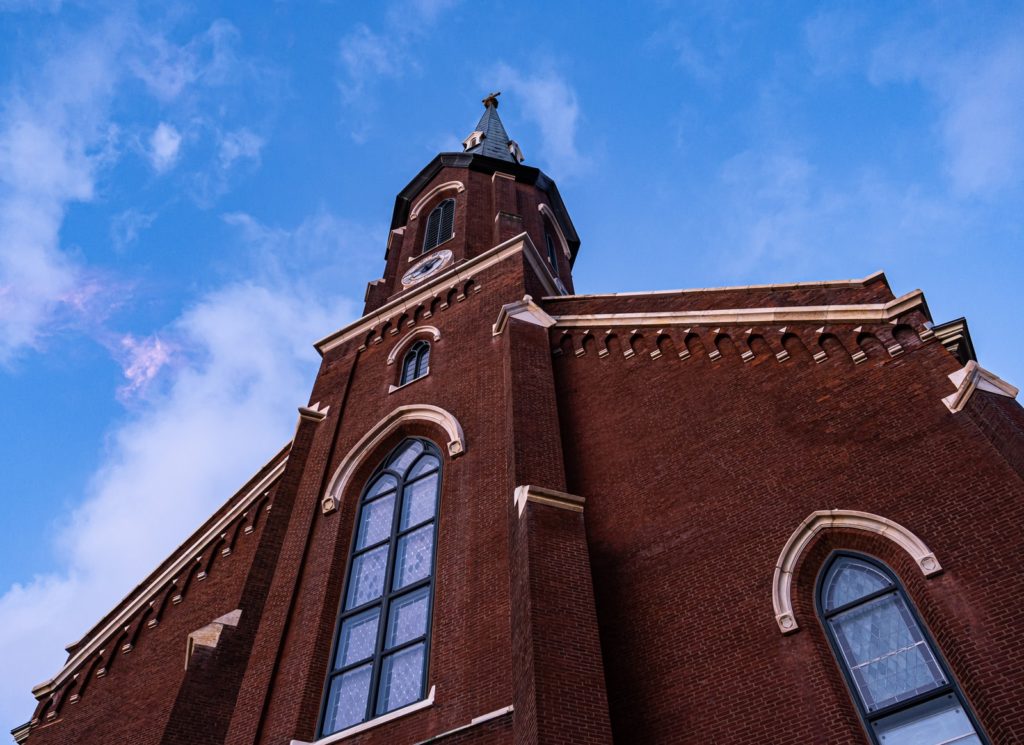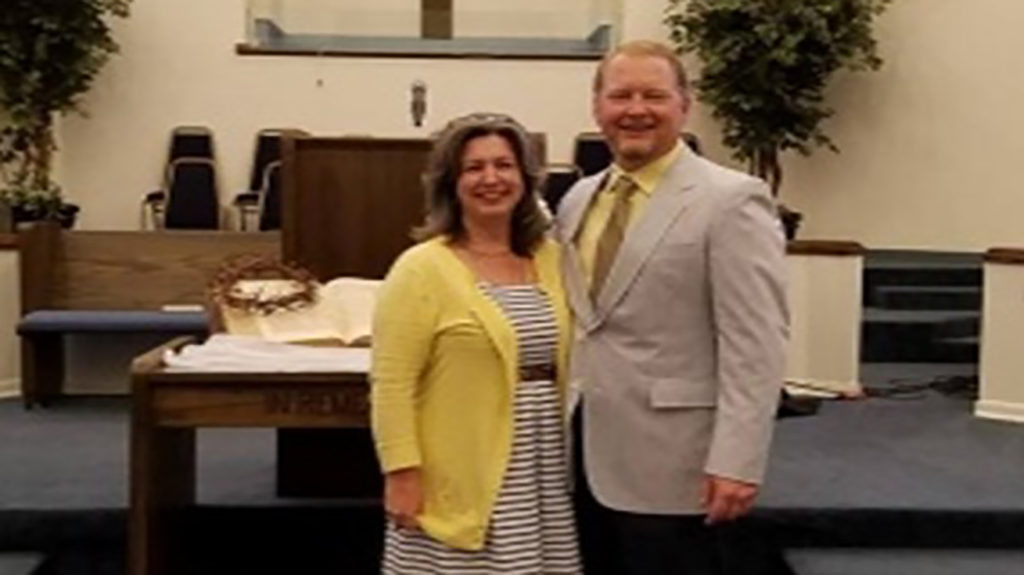What does your church do best? Perhaps your church sings well. Some do, some don’t. Or, perhaps your church does a good job of making everybody who attends feel welcome. Maybe your church gives a significant amount of its regular offerings to community endeavors. Some churches are pretty — I mean the buildings are really beautiful.
Actually, all of these things are good, beneficial and appropriate in the right context. But, are these endeavors and the many other endeavors that sometimes attract our attention, the true core functions that should become the priorities for our church? After all, we are human beings who have limited time, talent and treasure. So, what are we trying hardest to do? That is probably what we are trying to do best whether we are achieving the goal or not. In which pursuits do we invest our best efforts?
We have discovered that the ultimate church health manual is the Word of God. So let’s consider what the Scriptures say about what we should be trying to do “best.” In the New Testament, there seem to be six functions that attracted the attention of the church and should continue to attract the attention of today’s healthy churches. What are they and where do we find them?
The six functions of the church are worship, discipleship, ministry, evangelism, fellowship and prayer. Each of these is vividly seen throughout the New Testament, especially in the book of Acts and the remainder of the New Testament.
The reason is obvious. The church that belongs to Christ, which was prophesied by Jesus in Matthew 16:13–19, came into being in the book of Acts. Dramatically and emphatically, at Pentecost, God did something special and He has continued to do something special ever since that day. The church, Jesus Christ’s assembly of called-out believers, was inaugurated as God’s forever family.
In Acts 2:41–47 we read of the earliest account of the church getting about the business of God. Consider this review of that passage and the parenthetical indications of the six functions in action.
“Then those who gladly received His word (evangelism) were baptized (worship); and that day about three thousand souls were added to them (fellowship). And they continued steadfastly in the apostles’ doctrine (discipleship) and fellowship (fellowship), in the breaking of bread (worship, ministry) and in prayers (prayer).
Then fear came upon every soul (worship, prayer) and many wonders and signs were done through the apostles (ministry). Now all who believed were together (fellowship), and had all things in common (ministry), and sold their possessions and goods (discipleship), and divided them among all (ministry), as anyone had need.
“So continuing daily with one accord (fellowship) in the temple (worship, prayer) and breaking bread from house to house (ministry), they ate their food with gladness and simplicity of heart (discipleship), praising God (worship) and having favor with all the people (fellowship). And the Lord added to the church daily (discipleship) those who were being saved (evangelism).”
The six functions provided a pattern and a balance for the church. The people came together to worship God. They were discipled in the teachings of the Scriptures and by the instructions of the apostles. They ministered to one another faithfully and generously after the model of the Master. They reached out evangelistically to tell the good news of God’s love and forgiveness. They fellowshipped with another continually in loving care and concern — true koinonia — as it was properly expressed. They prayed and pursued God consistently.
Can you sense the excitement, the enthusiasm, the expectancy that evidently characterized that early body? No wonder they turned the world upside down.
God’s people were caught up in following God and walking with God and doing God’s desire. They found themselves in a posture of obedience to the Great Commandment.
Yes, they were obviously loving God with all their hearts, all their souls, all their minds and all their strength. The early church experienced explosive and dynamic growth. The results were astounding and remarkable but not surprising. They obeyed the Great Commandment and took seriously the Great Commission. When we take God seriously, He does exceeding abundantly above all we ask or think.
Let’s remenber that the same God who was working then is still working now. He is able to continue to do what He has done. If we are willing to follow His direction by taking obedient action, we will find ourselves operating in the miraculous realm just like the early church.
Our next installment in this series will be dedicated to helping us see that healthy churches come in all shapes and sizes. Church health is not a one-size-fits-all issue.
Editor’s Note — Edwin Jenkins is director of leadership and church growth for the Alabama Baptist State Board of Missions.





Share with others: